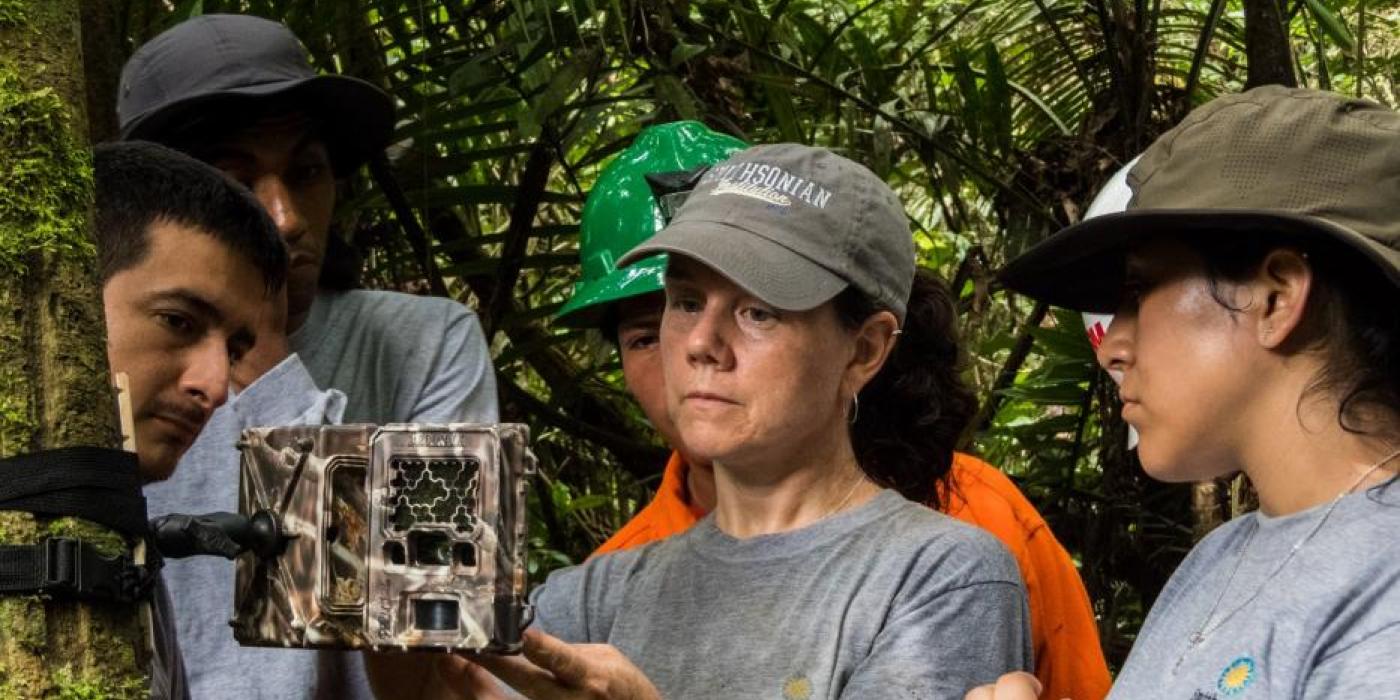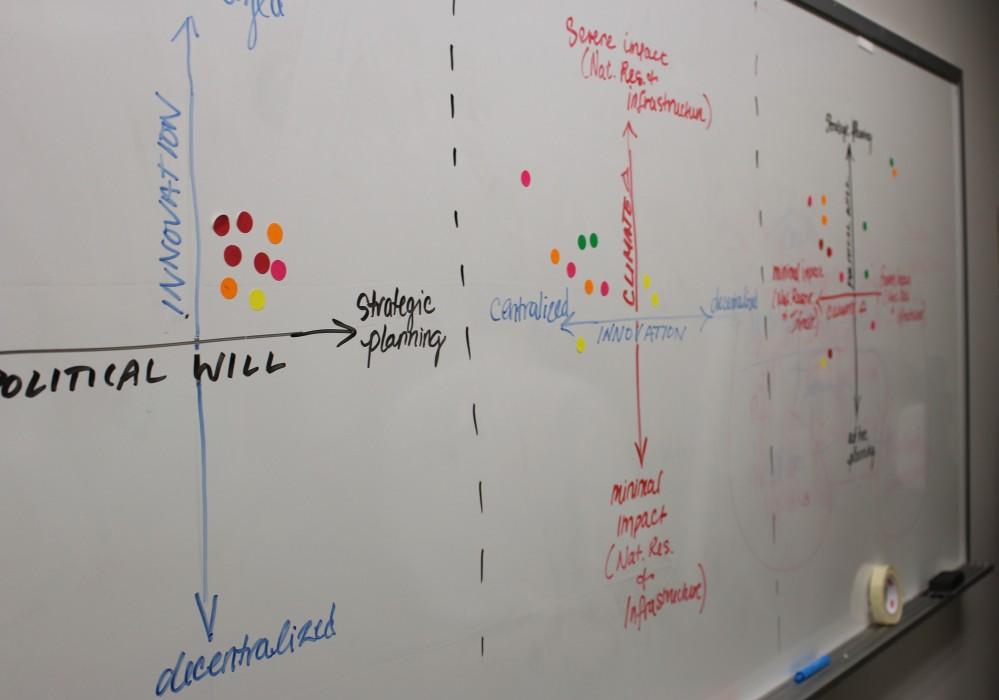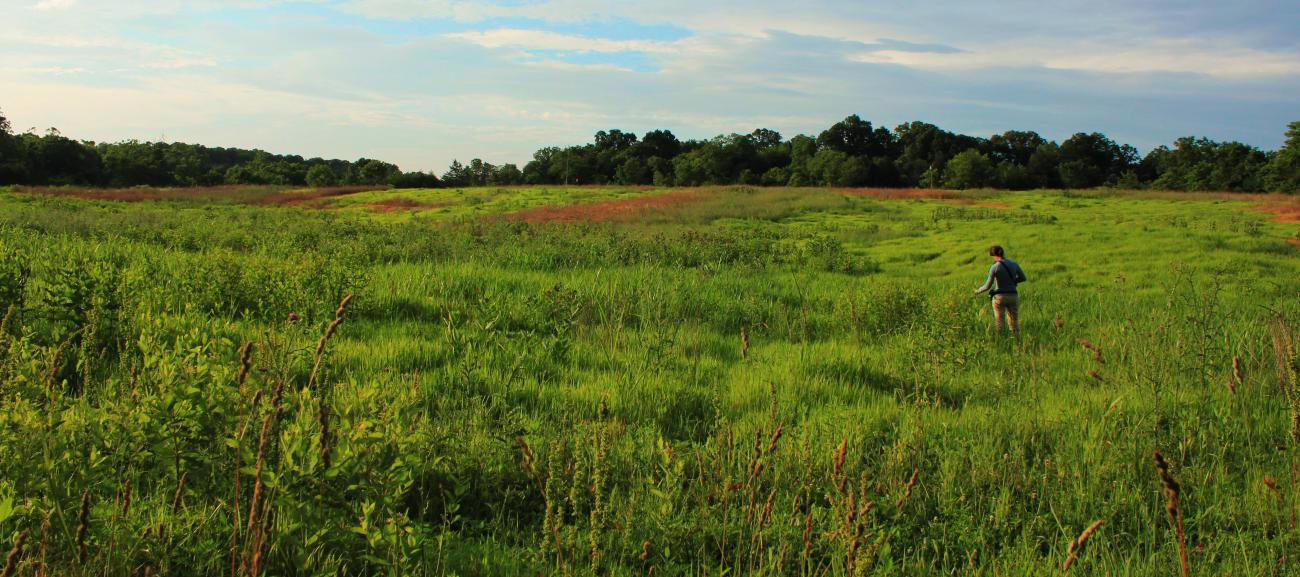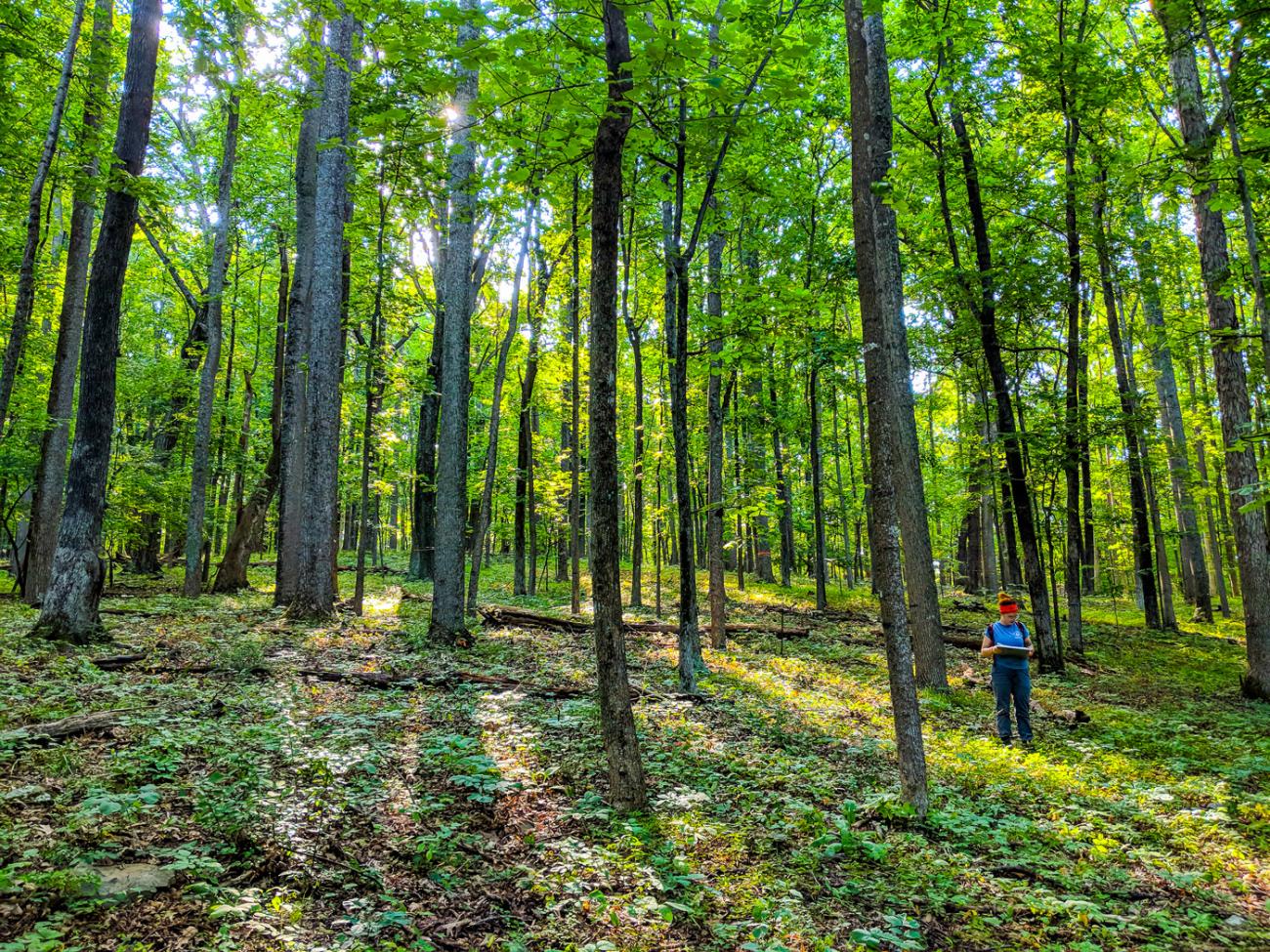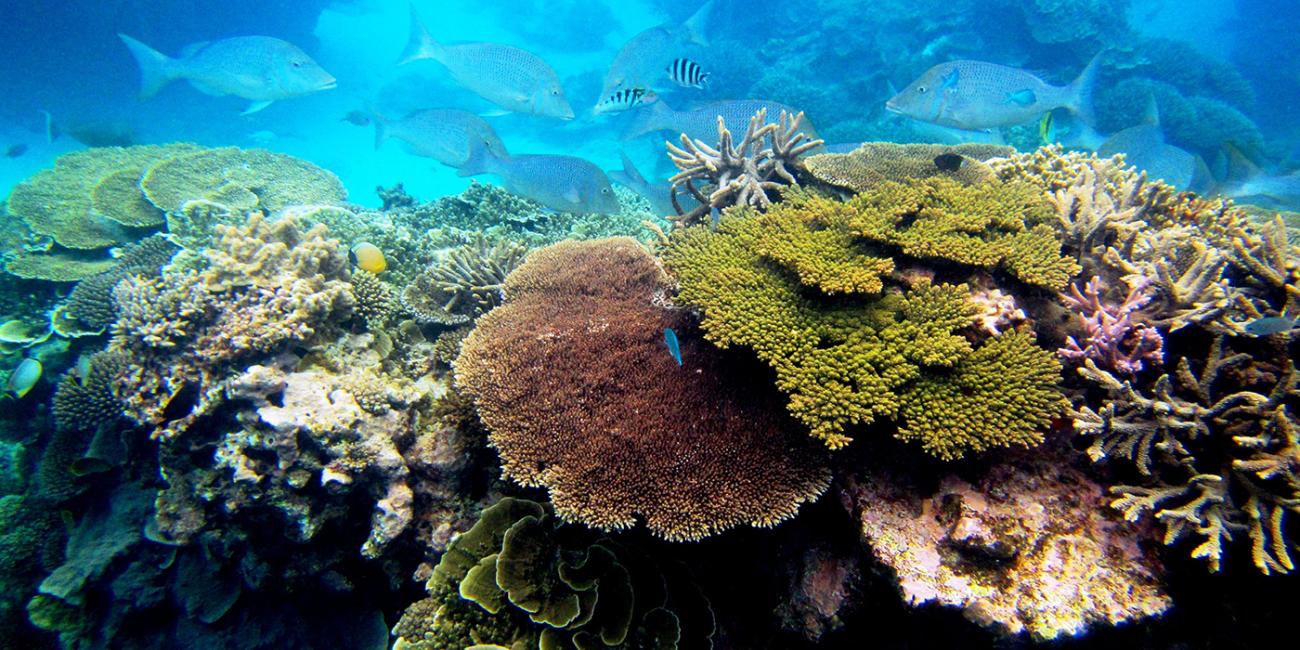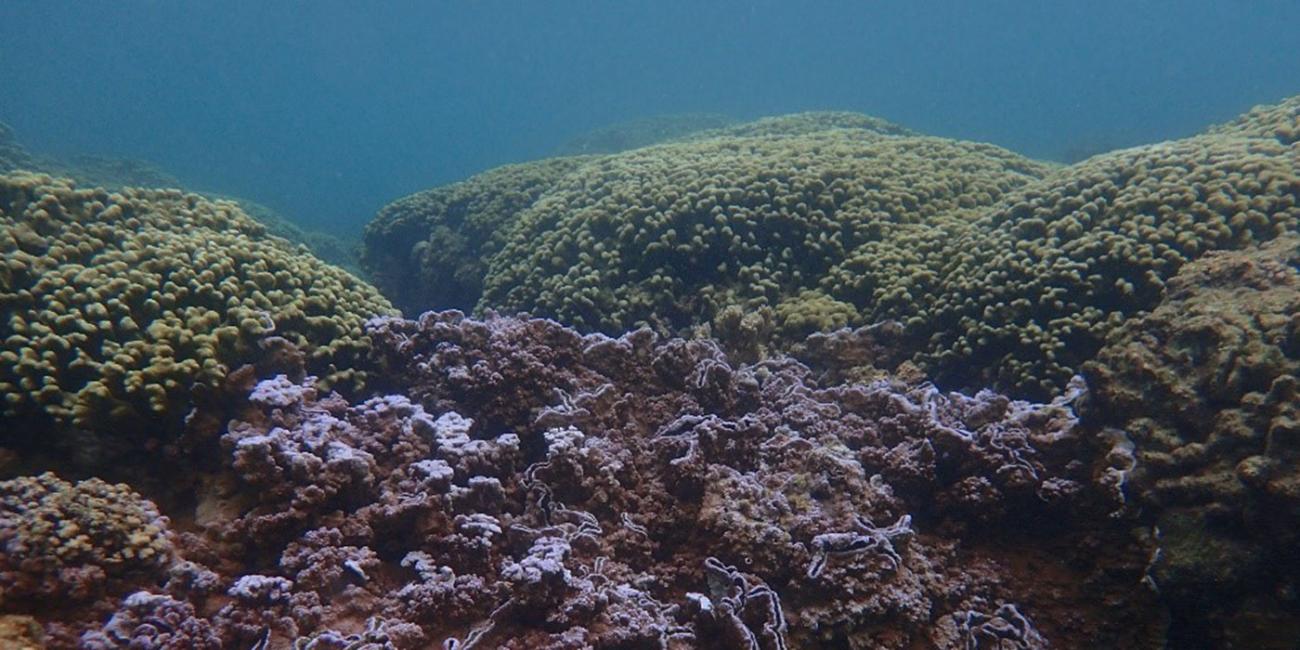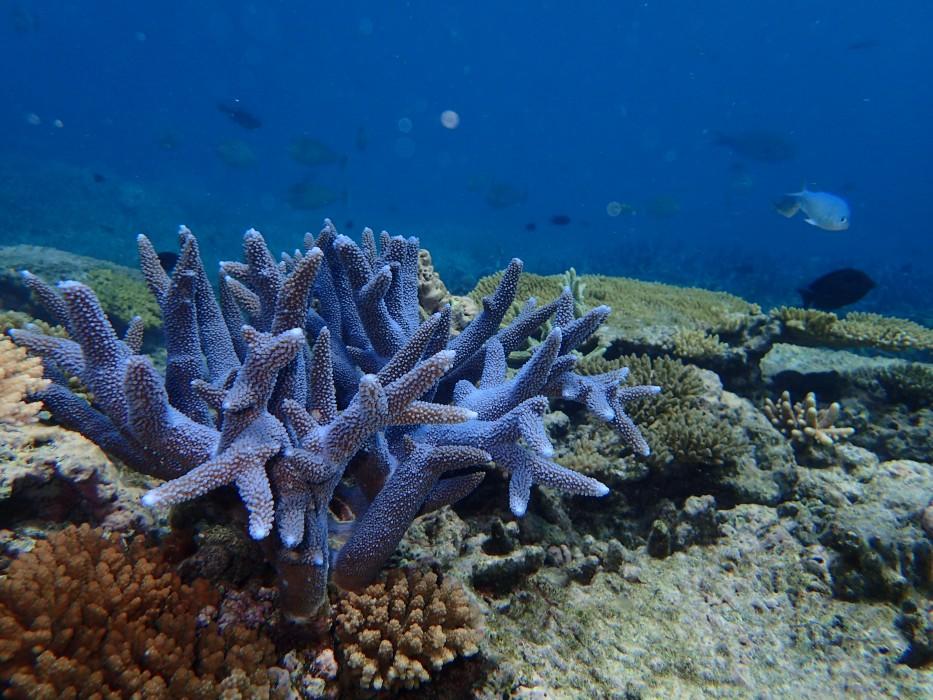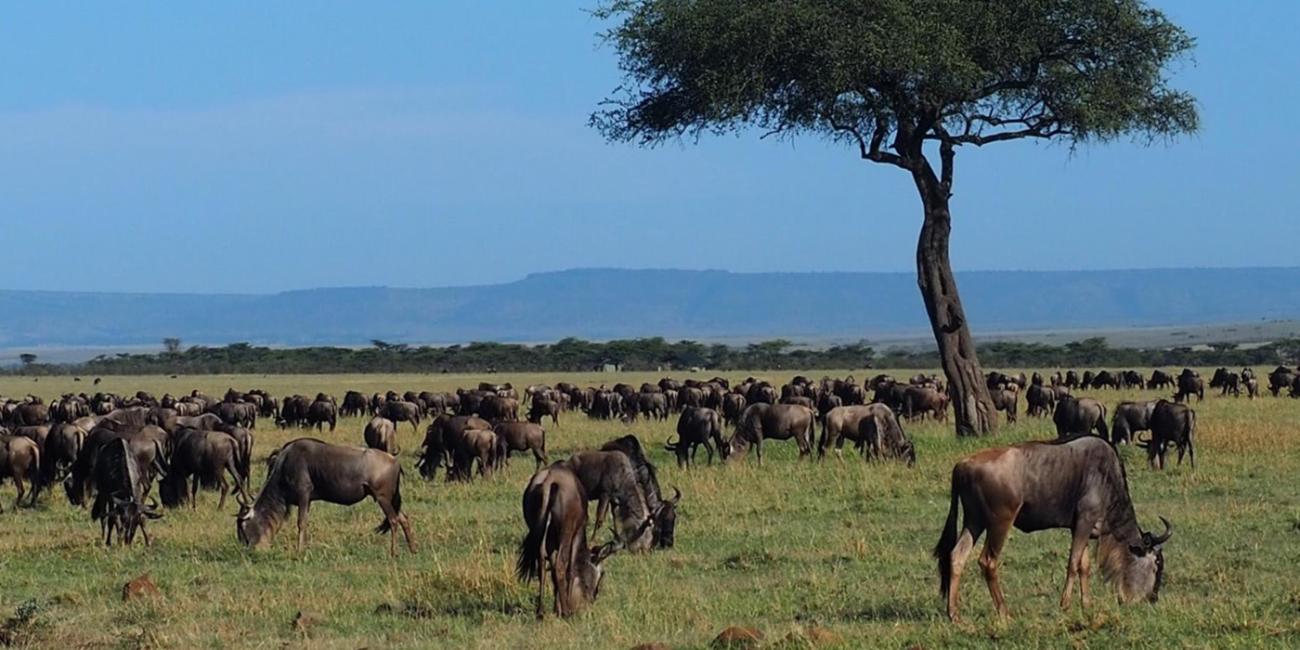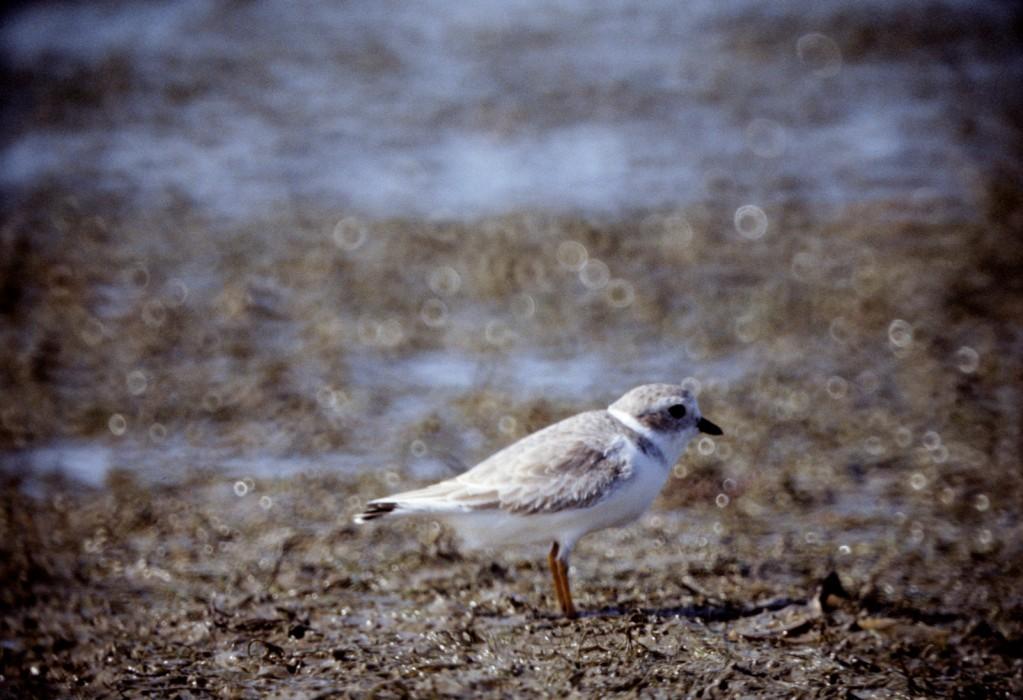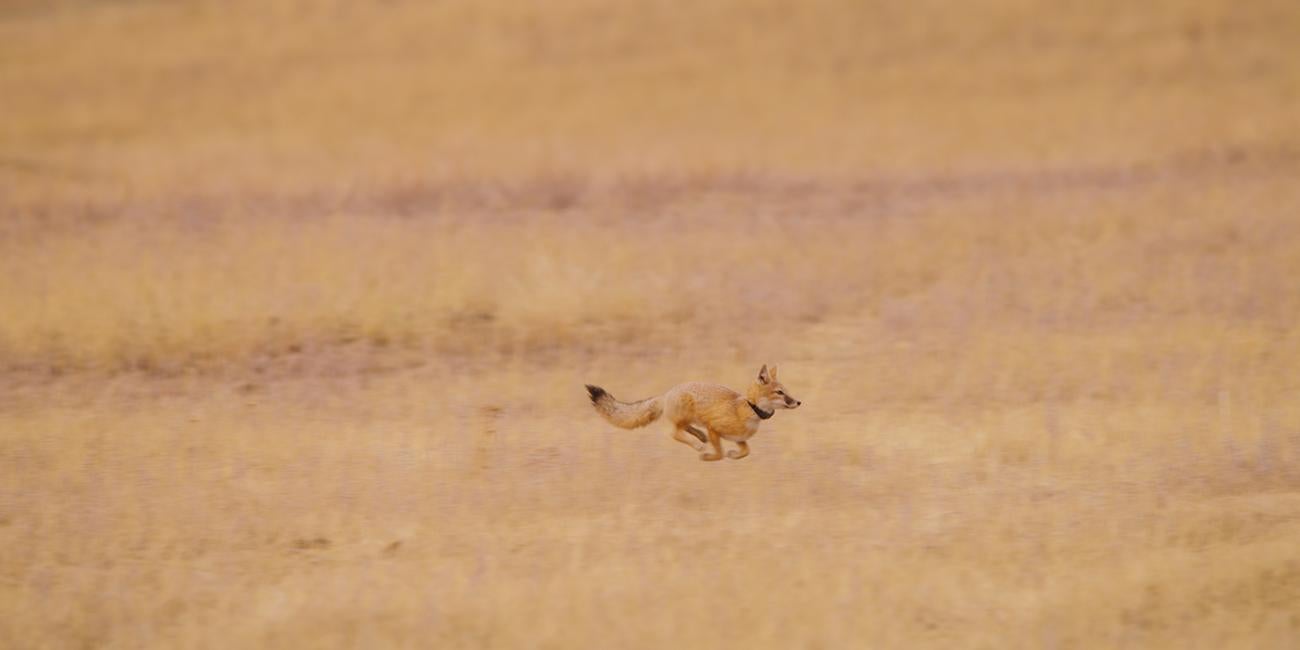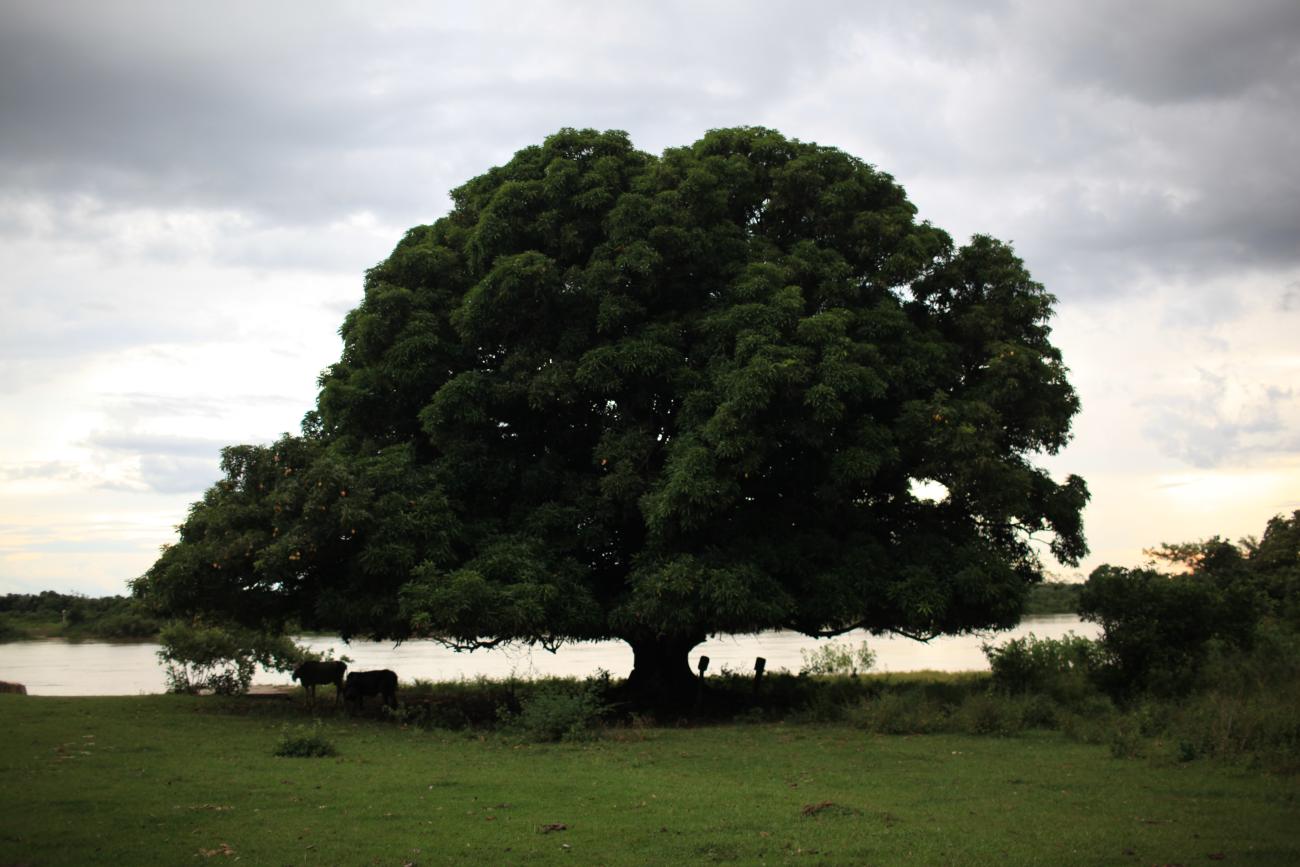Monitoring Potential Impacts of Human Activity on Biodiversity in Peru
Morona Biodiversity Monitoring and Assessment Project
Exploring Peru's Wilderness from the Air
Monitoring the impacts of human activities on biodiversity in the tropical forests of northern Peru
The northern part of the Peruvian Amazon, along the western-most edge of Loreto Department, is a remote, understudied and highly biodiverse region. In addition to incredible plant and animal diversity, the area also harbors rich cultural diversity with indigenous groups belonging primarily to the Achuar and Aguaruna ethnicities. In 2018, the Center for Conservation and Sustainability launched a collaborative research program in the area with partner GeoPark, known as the Morona Biodiversity Assessment and Monitoring Program, or Morona BMAP. The Morona BMAP will provide scientific evidence to support adaptive management to minimize potential impacts of infrastructure development on wildlife.
The program uses question-driven science to establish a solid biodiversity baseline and conduct long-term monitoring to determine the status and trends of priority species and habitats in an area undergoing hydrocarbon extraction activities. The results will provide impartial, independent and transparent information on the biodiversity of the area, enabling managers to respond with appropriate adaptive management actions during the construction and operation of the project.
The Morona BMAP will also contribute new and valuable biodiversity information for an area that has not been adequately studied. CCS will use the information resulting from the Morona BMAP to provide specific recommendations to guide management actions to avoid and minimize potential impacts of operations on biodiversity and to restore habitats after impact has occurred.

